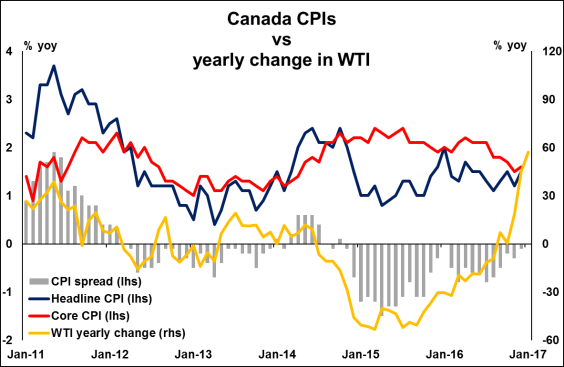Next week’s market movers
- In the US, the Fed will release the minutes of its February meeting. Markets will probably focus on any signals regarding the timing of the next rate hike.
- We get February meeting minutes from the Reserve Bank of Australia as well. We will look for any hints on how much further Aussie appreciation the Bank is willing to tolerate.
- We also get key economic data from Eurozone, Germany, the UK and Canada.
On Monday, we have a quiet day, with no major events or indicators on the economic agenda. Markets will remain closed in the US and Canada in celebration of Presidents’ Day and Family Day respectively.
On Tuesday, the RBA will release the minutes from its February policy meeting. The tone of the statement accompanying that decision was surprisingly optimistic in our view, as the officials basically disregarded the latest mixed batch of data out of Australia. They indicated that although GDP growth was negative in Q3, this was due to temporary factors, and a return to reasonable growth is expected in Q4. With regards to the slip in the underlying inflation rate for Q4, the RBA simply indicated that the CPIs were more or less in line with their forecasts, and that even though inflation remains low, it is expected to return to target over time. We will go through the minutes in order to confirm whether the officials are indeed as confident on the domestic economy as the statement led us to believe. What’s more, another theme that may attract attention is their view on the AUD. The RBA has repeatedly expressed its desire for a weaker currency and the market has not been paying a lot of attention to that. However, considering our recent experience with the RBNZ’s verbal intervention, we will scan the minutes for any clues on how dissatisfied the RBA is with the recent strength of AUD, and whether it may choose to utilize similar tactics to those of the RBNZ in the future.
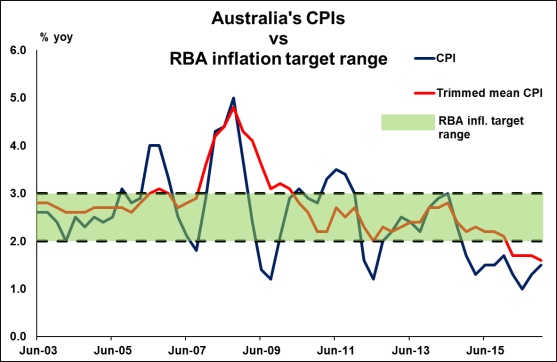
We also get the preliminary manufacturing and services PMIs for February from several European nations and the Eurozone as a whole. Eurozone’s composite PMI report for January was very upbeat on all fronts, indicating strong employment growth, intensifying inflationary pressures, and a relatively robust pace of economic growth. February’s forecast is for the index to have remained more or less unchanged, but still at an elevated level, something that would undoubtedly be encouraging news for ECB policymakers. Will that be enough to make the ECB shift to a more neutral stance though? We doubt it. At the latest ECB press conference, Draghi made it clear that the Bank intends to keep its current policy unchanged until there is a convincing upward trend in the core CPI rate, which has been range-bound for two years now. As such, we maintain the view that although forward-looking indicators are improving, the ECB is unlikely to risk shifting to a more upbeat bias anytime soon.
If it does, the resultant surge in the euro that would probably take place as investors begin to speculate "ECB tapering", could lead to a tightening in financial conditions, thereby putting at risk the prospect of a sustained uptrend in inflation.
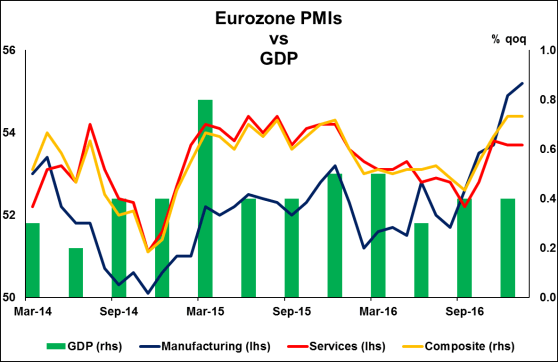
On Wednesday, the main event will be in the US, where the Fed will release the minutes from its February policy meeting. Considering that this was one of the meetings that was not accompanied by a press conference or updated forecasts, we think that the market may look through the minutes for extra details on the Fed’s forward guidance and the timing of the next increase in borrowing costs. This week, in her semi-annual testimony before Congress, Chair Yellen was quite optimistic with regards to a near-term hike, indicating that a hike will likely be appropriate at one of the upcoming meetings if employment and inflation evolve in line with the Fed’s expectations. Following her appearances, the probability for a March hike rose somewhat, though it has since reverted back to its prior levels, despite incoming economic data being stronger than expected overall. Nevertheless, we believe that in case we get optimistic signals from the minutes as well, that probability could increase once again. Considering that the data the Committee had access to at that time were solid, since the disappointing wage growth print for January had yet to be released, we could indeed get some hawkish commentary.
Having said that, we maintain our view that the FOMC is unlikely to rush into a March hike amid lackluster wage growth and heightened uncertainty around fiscal policy. Therefore, we still expect the next rate hike to come in June. We would like to see some clarity around fiscal reform, some acceleration in wage growth, as well as an uptick in the core PCE price index rate, before we reconsider this view.
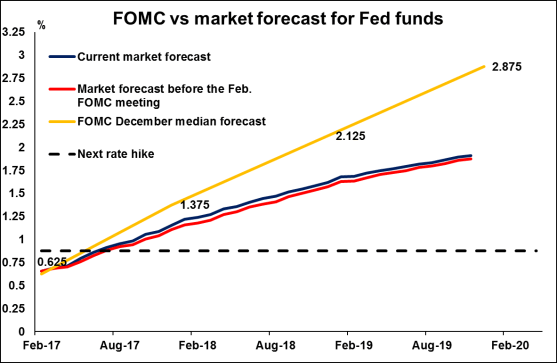
n the UK, the 2nd estimate of Q4 GDP is due out. The 1st estimate showed that economic growth held steady at +0.6% on a quarterly basis, beating the consensus for a slight slowdown. This was another confirmation that the UK economy has not been hit by Brexit uncertainties, at least not yet. With regards to the 2nd revision, we see the case for GDP growth to remain unchanged, with risks skewed to the upside. Industrial production for December, which was released after the 1st estimate of GDP, beat expectations significantly. As such, we conclude that if there is any revision, it is likely to be upwards.
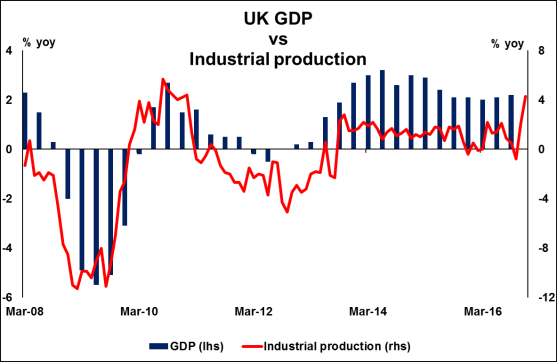
In Germany, the Ifo survey for February is due out. The forecast is for both the expectations and the current conditions indices to have declined marginally, which is also supported by the slides in both the ZEW indices. In any case, we don’t expect these results to be particularly worrisome for the ECB. As we noted above, the Bank’s main concern for now is the core CPI rate.
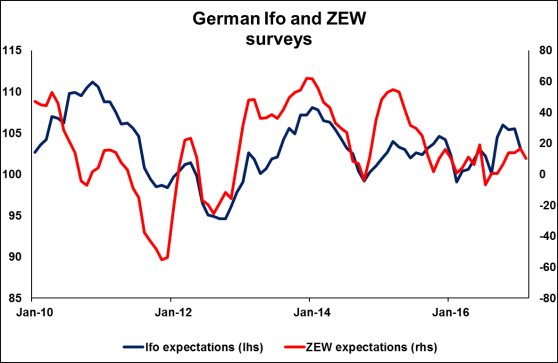
On Thursday, we have no major events or indicators due to be released.
On Friday, Canada’s CPI data for January are due out. In the absence of any forecast, we see the case for both the headline and the core CPI rates to have risen again. We base our view on the nation’s Markit manufacturing PMI for the month, which showed that as a result of higher input costs, manufacturers raised their prices at one of the fastest paces since early 2014. Although we expect both rates to have risen, considering January’s yearly change in oil prices, the headline rate is likely to have increased by more than the core, something that has already become evident in the CPI prints of many advanced economies. Coming on top of the remarkably strong employment data for the month, another improvement in the CPI rates is likely to be a welcome development for the BoC, which at its latest policy meeting signaled that a rate cut is still on the table should downside risks materialize. Accelerating CPIs could diminish somewhat the likelihood for the Bank to introduce any further easing, at least in the near term.
